The world can be a very strange place. Proof of that can often be found in the kitchen. Some countries offer up weird dishes that are considered as delicacies to them. However, some people may be turned off to these dishes for one reason or another. The taste of these dishes can be quite unique as well, and you would need to be a bit adventurous to be able to try them out.
Here is a list of the top 10 foods from around the world. Some of them might not seem palatable, but getting to taste these dishes will definitely become some of your most memorable experiences.
Table of Contents
1. Balut – The Philippines
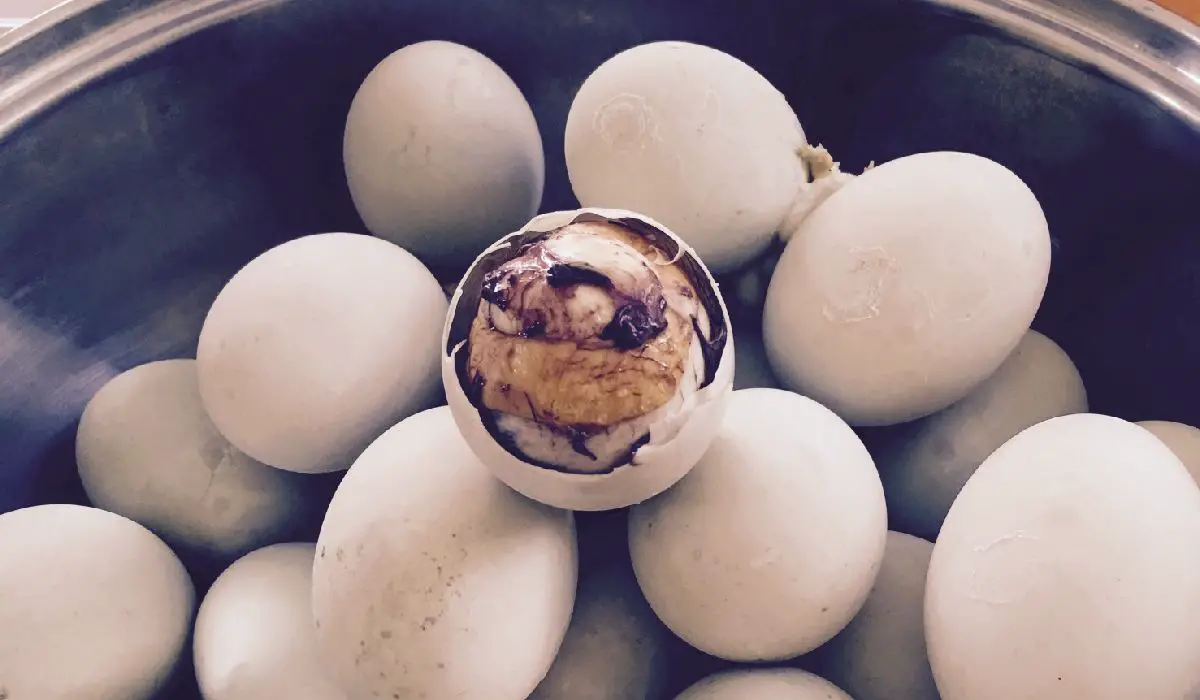
Balut comes from the Philippines and is made by boiling or steaming a fertilized duck egg. However, some variations of balut using other types of birds may be used. The balut, when peeled off its shell, would consist of a partially or fully formed duck fetus. The contents would also include a yolk and some liquid that you can suck directly from the hole.
Balut is common street food in the Philippines, although some high-end restaurants serve this as well. Balut is often served with salt and vinegar and is eaten using your bare hands. Some also add hot sauce or chili to the dish. Other variations, like balut stew, also exist.
Balut is infamously known as one of the most disgusting foods in the world. As proof, it has been used as a challenge in the popular game show “Fear Factor”.
2. Fried Spiders – Cambodia
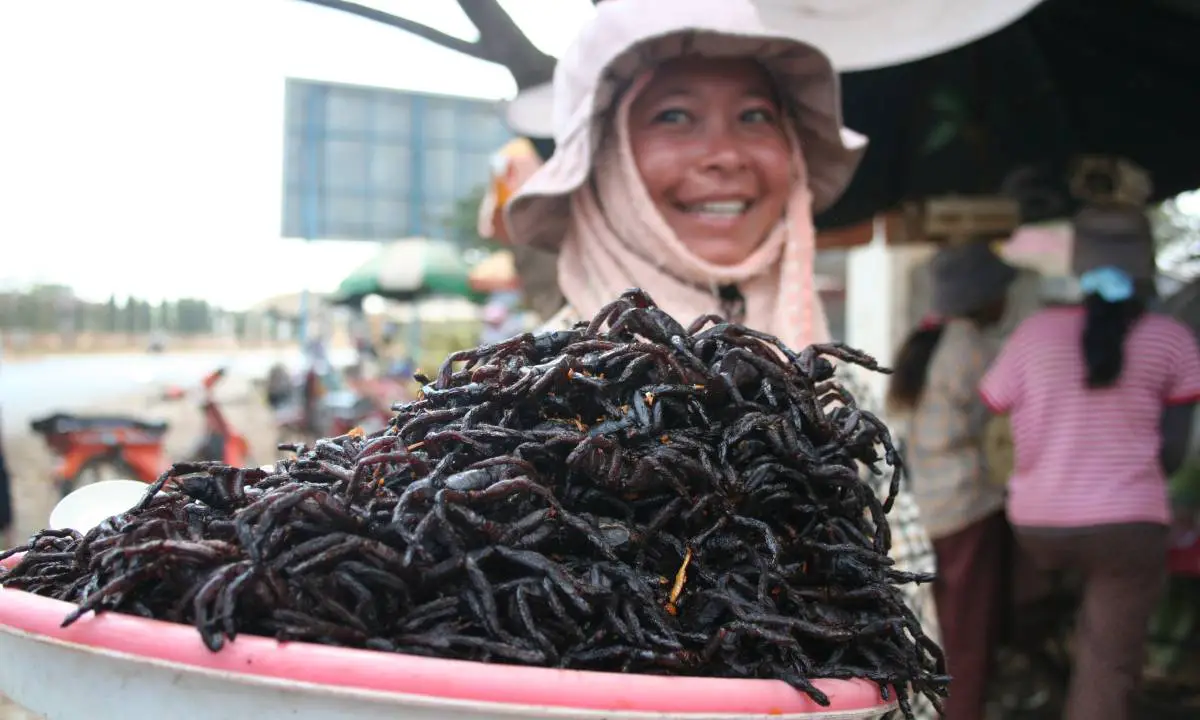
Fried spiders are a popular delicacy in Cambodia. However, the dish came from unfortunate origins as the locals only started eating spiders due to desperation and hunger. During the rule of the Khmer Rouge, food was in short supply. As such, families started eating spiders even if it was an unusual diet just to stay alive.
Now, though, spiders are bred specifically for food. Fried spiders are usually tarantulas that are palm-sized and eaten in its entirety. Some fried spiders are simply dipped in oil, while others are coated with herbs, spices, and flour before being fried.
Despite its bland taste, fried spiders, known locally as A-ping, are surprisingly high in nutrients, particularly zinc. Also, for more adventurous types, other insect-sourced delicacies are also available in the country. These include fried beetles, silkworms, crickets, and the like. However, the fried tarantula remains among the top weird food when visiting Cambodia.
3. Bosintang – Korea

Dogs may be considered as man’s best friend, but Bosintang treats dogs as the main ingredient. This dish, also known as Boshintang and literally meaning “invigorating soup”, is a popular dish served in both North and South Korea. Bosintang can be traced as far back as 1849. It is a soup containing dog meat along with green onions and dandelions and is said to promote virility in men.
While consuming dog meat may be unacceptable to some, it is not actually illegal in Korea to eat dog meat. However, regular safety inspections are done to ensure that the meat is not contaminated. This dish is regularly found in many restaurants in South Korea as well. What makes this dish unique is not the taste itself. Rather, it is the controversy of consuming what many regards as pets or beloved family members that makes the dish infamous.
4. Casu Marzu – Italy

Casu Marzu literally means “rotten cheese”, and it has that title for a very valid reason. Casu Marzu comes from Sardinia, and it is a fermented cheese that is treated with maggots. The maggots will further decompose the cheese which would make it soft to the point that it is almost liquefied.
Those who consume the cheese can either eat it with the maggots alive, dead or removed. It is often served on bread along with some wine. Casu Marzu is considered as an aphrodisiac by locals. Casu Marzu is a banned food due to health concerns, but is available illegally and can be quite expensive. A variation of Casu Marzu is available in other territories and is called casgiu merzu.
5. Hakarl – Iceland
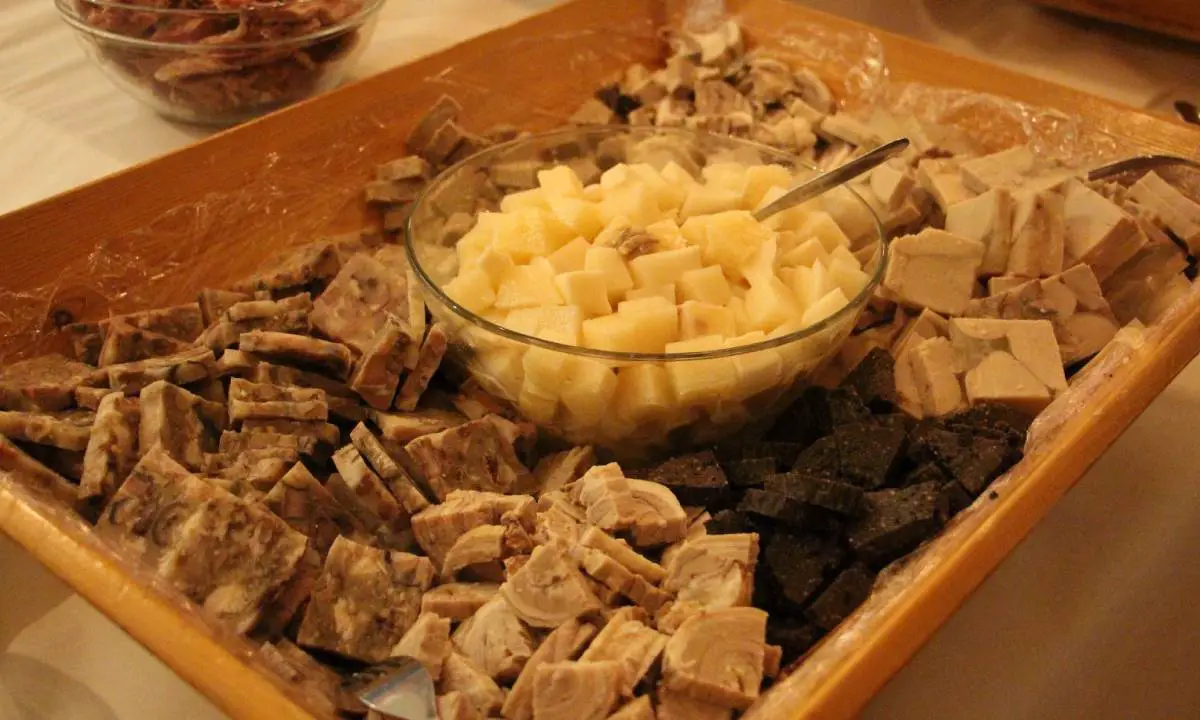
Hakarl is the national dish of Iceland and is made out of shark meat, typically Greenland or sleeper sharks. The dish is prepared by gutting and beheading the captured shark. It is then allowed to ferment for two to three months buried in sand and gravel. The body is then cut up and is hung to dry for a few more months.
Typically served on toothpicks, Hakarl has a very strong ammonia smell and has a strong aftertaste. Culinary experts compare eating Hakarl to eating very strong cheese with a fishy flavor. Those who eat Hakarl for the first time may experience gagging due to the smell. As such, it is recommended to cover or pinch your noses when eating this dish. Eating Hakarl, to most, is definitely an acquired taste.
6. Lutefisk – Scandinavia

Lutefisk literally means lye fish. The reason for this is that the dish is prepared using lye. Lye is a known cleaning agent, can be harmful when consumed, and is not regularly known for dish preparation. As such, Lutefisk makes it in our list of the weirdest foods in the world.
To begin preparing lutefisk, the fish is soaked in a solution of cold water and lye for two days. This causes the meat to become almost transparent. As lye is highly basic, the fish is soaked in cold water for several days before it can be safely consumed.
Lutefisk has a jelly-like and very fragile texture, so cooking it must be done with care. Lutefisk is usually served during the holidays, such as Christmas, in Nordic countries like Norway, Finland, Denmark, and Sweden. However, Americans with Nordic ancestry are known to consume it as well.
7. Century Egg – China
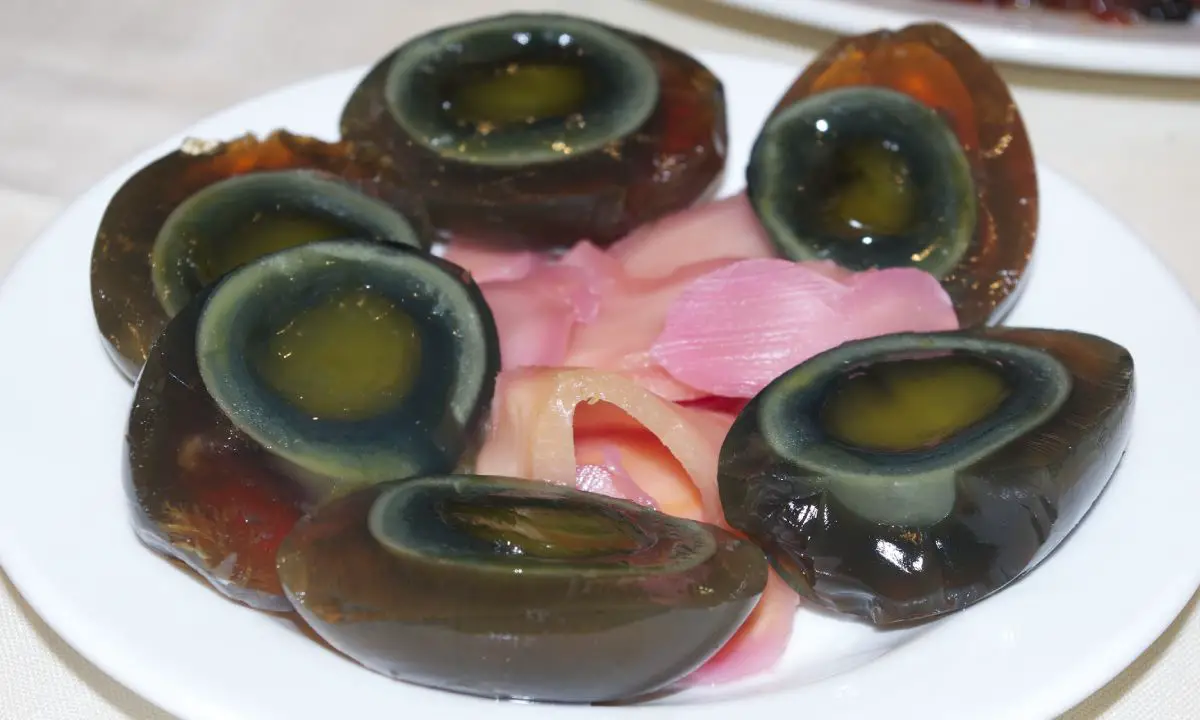
Century egg hails from China and is also known as the hundred-year-old egg. A common misconception is that Century eggs are soaked in horse urine, hence its strong ammonia smell. This is not true. Rather, the egg, usually duck or chicken, is buried in a special mixture for several months. This mixture may consist of ash, salt, tea, and rice hulls. However, modern methods using chemicals have sped up the process, but curing still takes several weeks to complete.
Century eggs have been consumed for over 600 years and are used in a variety of Chinese dishes. It can be used as a side dish or eaten on its own. The inside of the egg can be greyish or greenish in color, with a very flavorful and slightly salty taste.
8. Fugu – Japan
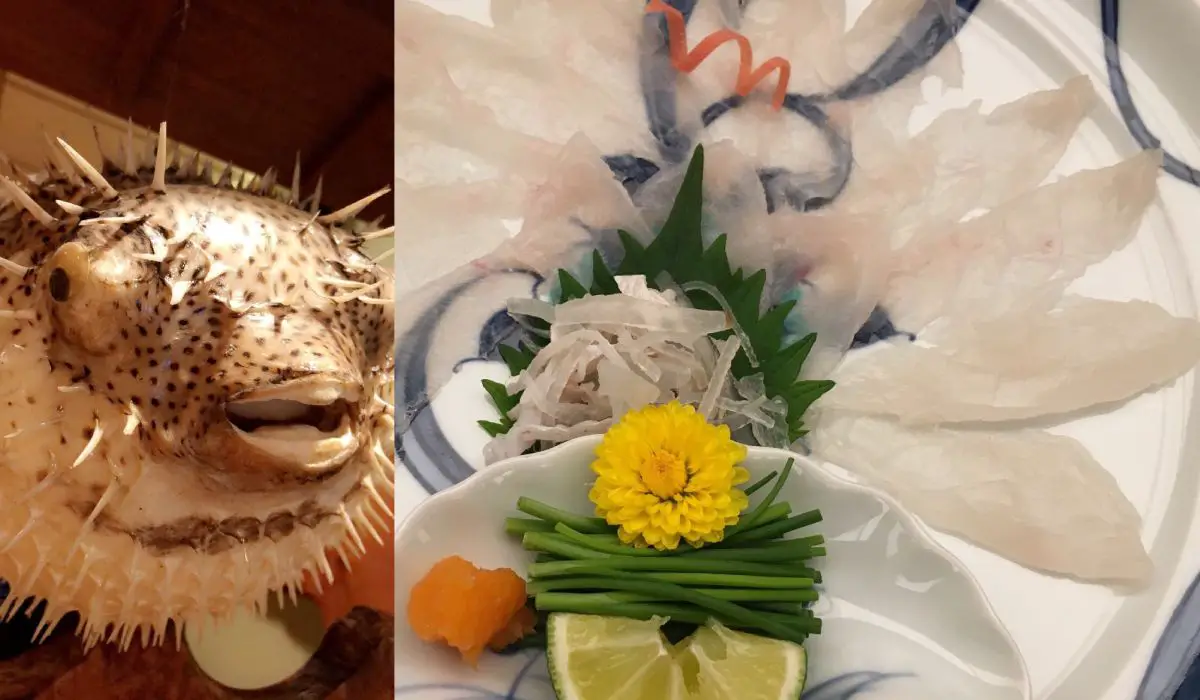
Fugu is the Japanese name for pufferfish, and it is a delicacy most normally served in Japan. The internal organs of the fugu are highly toxic, especially the liver. As a matter of fact, the Emperor of Japan is, by law, not allowed to eat fugu due to this. Ironically, many consider the liver as the tastiest part, and this dish can be quite costly.
Japanese chefs would need to be licensed in order to serve and sell fugu. This is necessary as poor preparation can easily result in death. Fortunately, farmers are now capable of producing fugu with little to no poison in them. However, what makes fugu so unique and strange is its popularity despite the inherent dangers of consuming this weird dish.
9. Haggis – Scotland
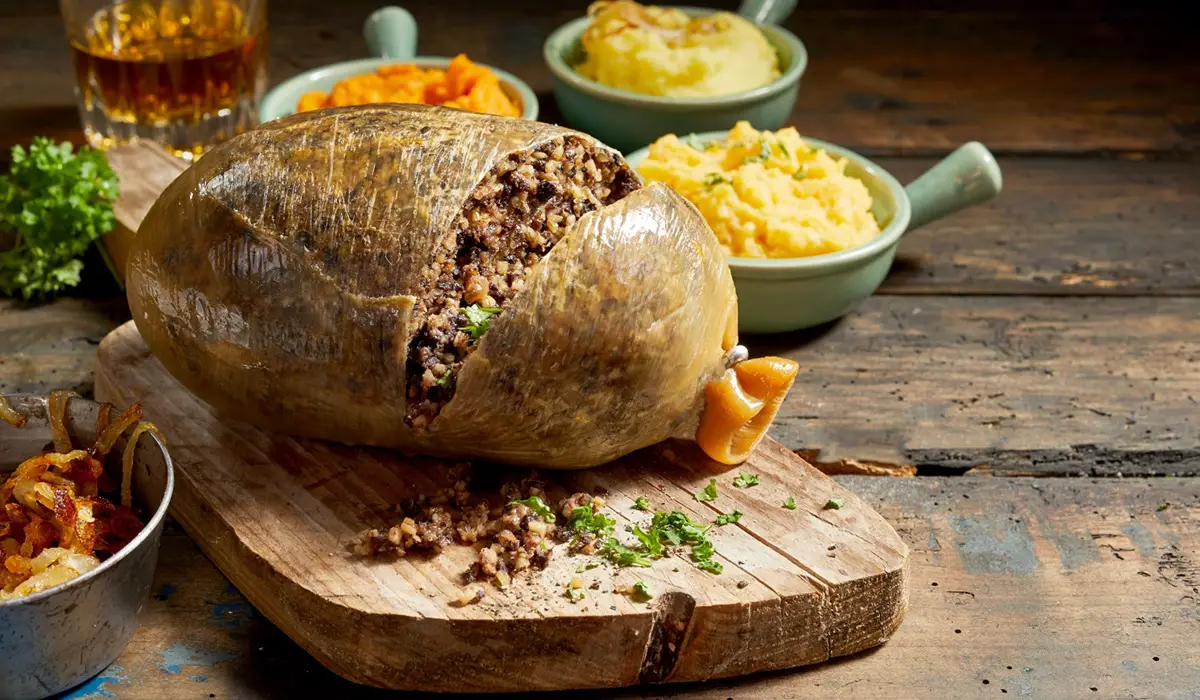
Haggis is a type of pudding that is primarily made out of sheep offal. The dish typically contains hearts, livers, and lungs and seasoned with ingredients like onions, spices, and salt. The mixture is then placed in the sheep’s stomach and boiled. Haggis is considered the national dish in Scotland.
Haggis is also very popular, as it is served even in fast-food restaurants and supermarkets. Other variations include haggis made out of pork rather than sheep, as well as those with artificial coverings. Folklore says that haggis came about due to workmen keeping slaughtered animals offal upon butchering. Travelers in ancient times were also known to use sheep’s stomachs to carry their food.
10. Kopi Luwak – Indonesia
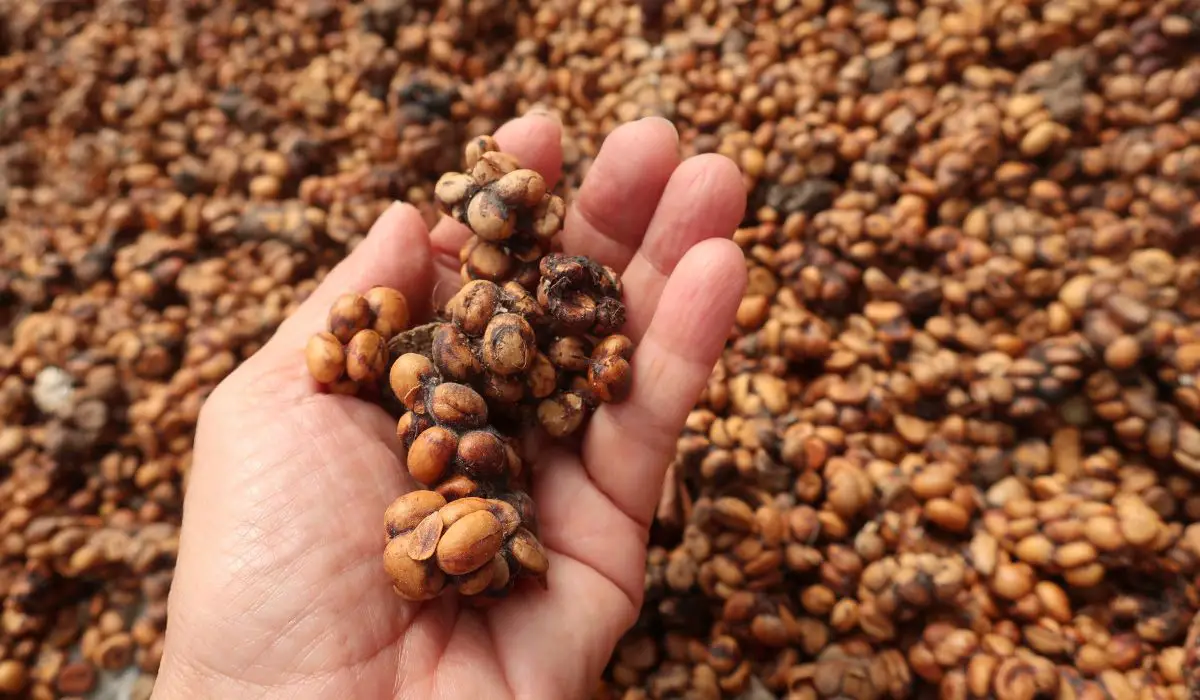
Kopi Luwak is technically not a food but still deserves to be on this list. Kopi Luwak is coffee made from beans that were eaten and excreted by civets. In fact, the beans are collected directly from the fecal matter. While Indonesia is known to be Kopi Luwak’s home, other countries like the Philippines have their own versions as well.
Kopi Luwak is considered as one of the most expensive types of coffee in the world. For this reason, several knock-offs are also produced and are being sold at cheaper prices. Nothing, of course, can beat the original in terms of flavor and weirdness.
Conclusion
Different countries offer different delicacies, and some of these are bound to come off as strange or downright disgusting. Still, some of these dishes are part of an entire country’s tradition and culture. As such, we still have to treat them with dignity and respect even if the dish does not seem palatable to you. In any case, there are a lot more weird foods around the world to discover and taste. You might be surprised that one may eventually become a favorite.
